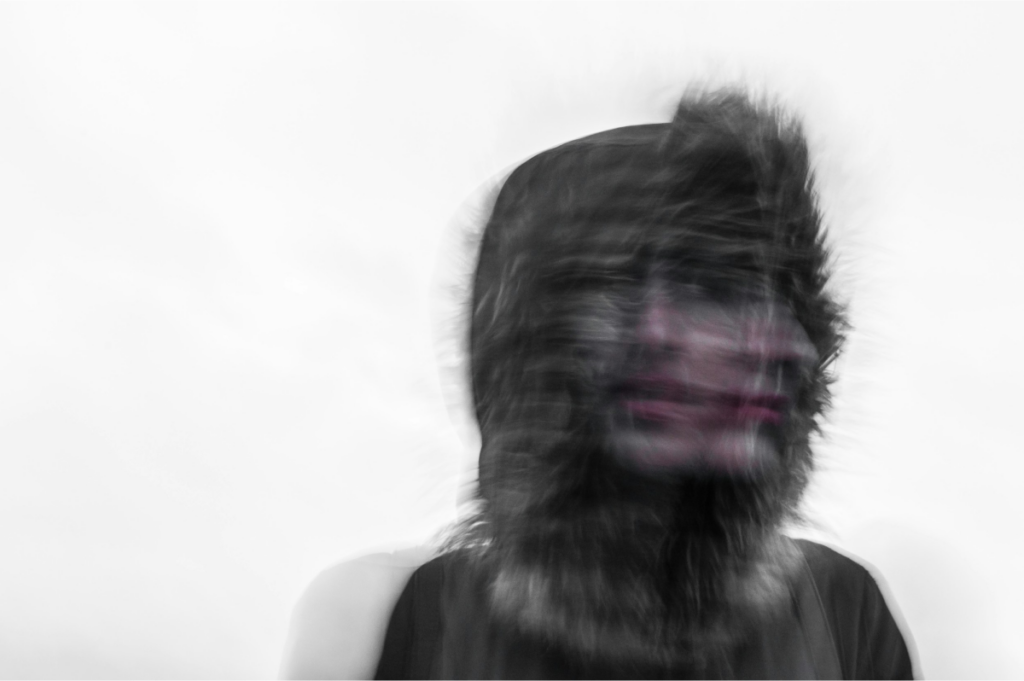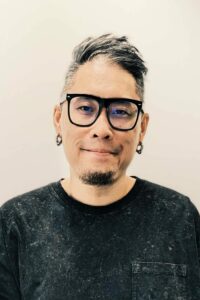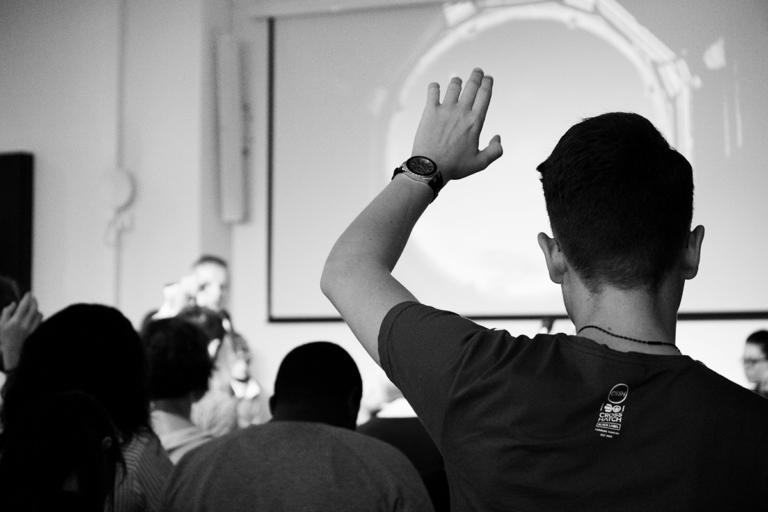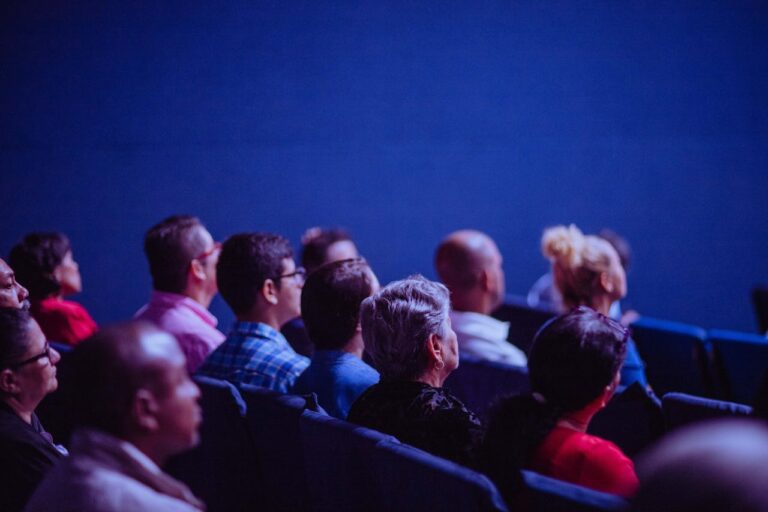
An honest confession
This may not be your typical thought leadership piece – it’s perhaps more of an honest
confession. When I was asked to write about new technology and its potential impact on mental health, I saw a chance to be cathartic for a change. I’ve been burnt out. I do wrestle with imposter syndrome more often that I’d like. And some days, the weight of being a creative lead feels like doing deadlifts with a bad back and a shaky arm.
The elephant in the room
First of all, let’s address the obvious elephant in the room: The rapid advancement of A.I has led
to job losses. By 2028, while brand new roles are expected to emerge, up to 20.6% of the
workforce in Singapore, could face job displacement due to tech (source: CSIS). And let’s be
honest, telling anyone who has been made redundant to “upskill” can feel a bit pedantic,
especially when many of those affected already work in tech. And no matter how you skin it, the word redundancy is tough. Being deemed unnecessary hits hard. You don’t need Large
Language Models to help figure that part out. But here’s the opportunity: as technology
reshapes industries, it’s also opening doors to entirely new fields and skills that weren’t even on
the map a decade ago. And while change isn’t easy, the growth it brings could just redefine
careers in ways we’re only beginning to imagine.
The imbalance between innovation and oversight
The anxiety surrounding A.I also stems from an imbalance between its rapid advancement and
the slower pace at which it’s governed. We see a lot about what A.I can do, but far less about
what’s being done to manage it. A recent debate in Singapore over the government’s
intervention in a potential business acquisition of a local insurance provider raised concerns
about protecting the underserved, made me wonder whether the same oversight is being
applied to the rise of A.I. While I’m no expert, it’s encouraging to see these discussions
happening as they’re crucial for responsible progress. And knowing that leaders are beginning
to consider both sides of the coin will offer some comfort – AI’s journey, after all, could lead not
just to innovation, but to new forms of ethical safeguards that benefit everyone.
The challenge of modern distractions
As a creative professional, it’s exciting to have access to the amazing plethora of creative tools
available today. However, there is a potential downside, especially for younger creatives. As we
navigate an increasingly fast-paced world, distractions are at an all-time high. We probably
spend more time scrolling through Netflix than actually watching something, and even when we
are watching, we’re not fully engaged. With the surge of new A.I. tools, it’s easy for these to
become yet another pull of our attention, fragmenting our focus even more.
The power of seeing ideas through
And it’s not all doom and gloom. My advice to young creatives is simple: Follow through on your
ideas. Too many options and tools can lead to choice paralysis and leave you with half formed
thoughts Just like the Oscar winning movie – you’re everything, everywhere all at once. Don’t
forget to commit – form a deeper relationship with the idea in your head. It may sound obvious,
but there is a big difference between being creative and a creator. The latter demands action.
Anyone can be creative, but not everyone becomes a creator.
Technology: Inspiration, not a replacement
Technology can be a powerful source of inspiration when we understand our role in it. If
anything, it underscores the irreplaceable value of human touch in creative fields. In a world filled with constant noise, genuine ideas have become more precious than ever. Your unique taste matters. One of my personal heroes, Rick Rubin, revealed in an interview with 60 minutes that he barely knew how to play any instruments. When quizzed further about what he brings to the table as a music producer he had this to say:
“I know what I like and what I don’t like. I’m decisive about what I like and what I don’t like.”
And this is someone who has won multiple Grammys collaborating with the likes of Run DMC, LL Cool J, Slayer, Beastie Boys and Johnny Cash. So remember – your perspective matters – don’t just go through the motions; machines can do that faster, but they can’t replicate what makes your vision unique. The value of human process.
There are many areas in life where the way things are created is just as important as
the final product. In music, A.I has made incredible speed and possibilities a reality.
You might even say that A.I generated tracks sound like the real deal, but research shows
listeners that enjoy music far less when they know it’s composed by A.I (Source: APA Psyc
articles). We connect with artists because we love the human story behind the music – often
born from struggles, pain, and experiences we relate to. When that human process is absent, it
impacts our ability to connect with the end result. That’s why the biopic Straight Outta Compton
is just as compelling as the album itself. And why Swifties are well, Swifties. The point is, the
process even if technology is part of the process, your human touch is what makes it resonate.
So, be an essential ingredient in the kitchen. And enjoy the journey.
A.I and mental health: Making a difference
According to the IPSOS 2023 World Mental Health Day report, close to half (46%) of
Singaporeans place mental health as the biggest health problem facing the country today. For
context, cancer is second. With this focus, there’s a wide open space to use the tools at our
disposal to positively impact mental health. Admired from a healthy distance, Gen AI can even
serve as a means of expression. Which is why a year ago, some of us at R/GA explored this
potential by collaborating with the Singapore Association of Mental Health. In a pilot project
titled Prompting Feelings, eight individuals living with mental health conditions used a platform
we customised on Stable Diffusion to paint a picture of their emotions. This creative journey
culminated in a public exhibition, offering a safe space where mental health awareness and
literacy was raised, community support was felt, tears were shed and personal stories were
shared. The best part was that technology took a back seat as conversations revolved more
around mental health; visitors focused on the meanings behind the artworks, which was truly
heartening.
A genuine human story
The final note is perhaps best told through a true story. One of the participants, Ina, who was diagnosed with Depression and Anxiety Disorder, began the project understandably reserved, preferring anonymity. Yet, the outpour of support at the exhibition made such a difference, she eventually did a live interview with Channel News Asia – unmasked. Nearly a year later, Ina made her artistic debut in another showcase, this time, with an art piece she lovingly crafted by hand. It was the first time she sewed anything and seeing her tactile artwork reminded me that the technology we used a year ago was only a means.
Technology may have enabled Ina, but it was her courage, resilience, and humanity that truly defined her story. Ina the person, got to decide where that story would go.

Ed Cheong
Ed Cheong is Executive Creative Director at creative innovation company R/GA Singapore, a global design and marketing innovation consultancy and part of the Interpublic Group of Companies.


